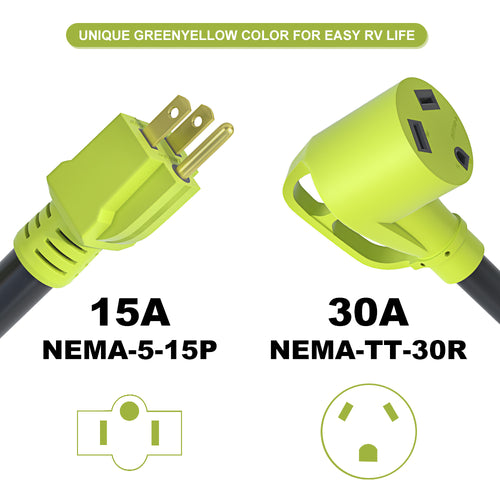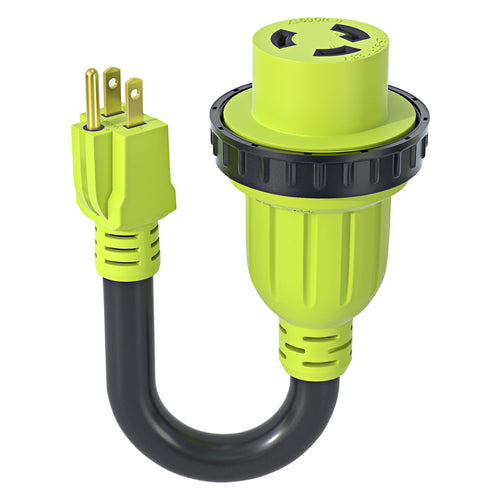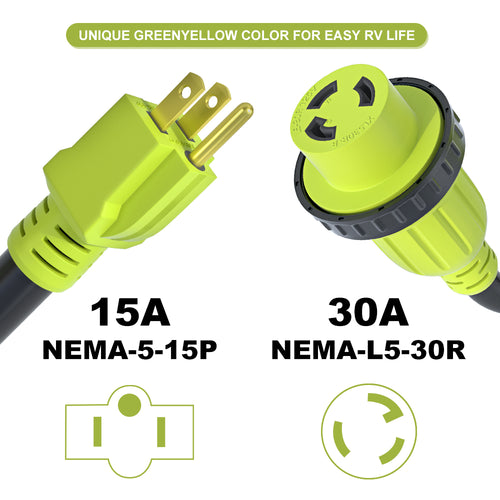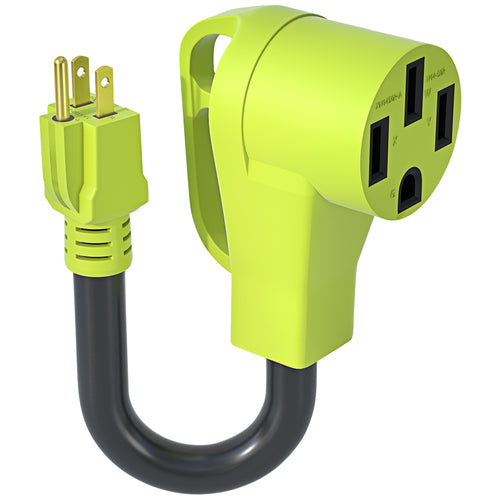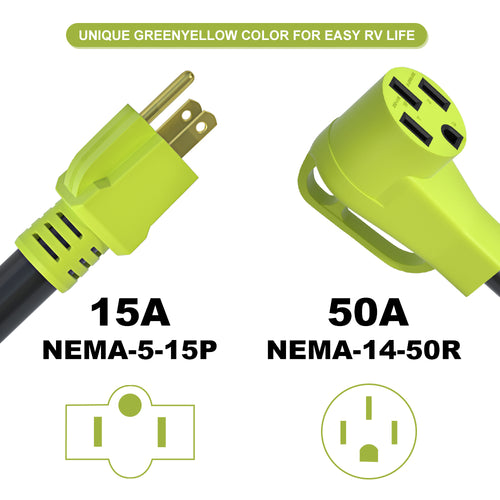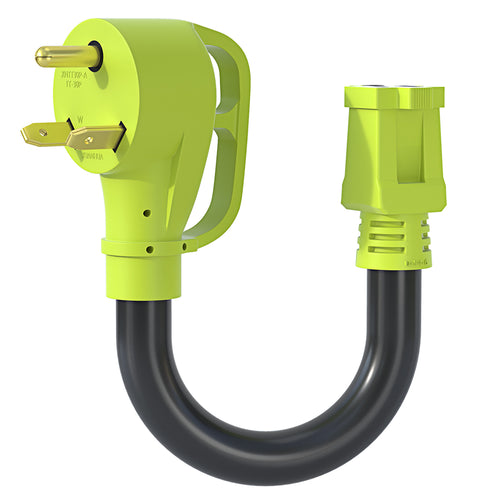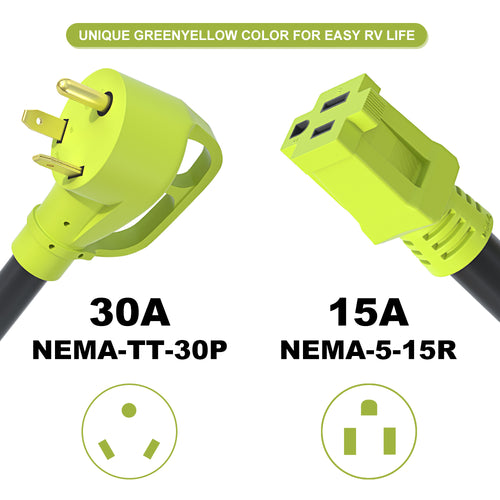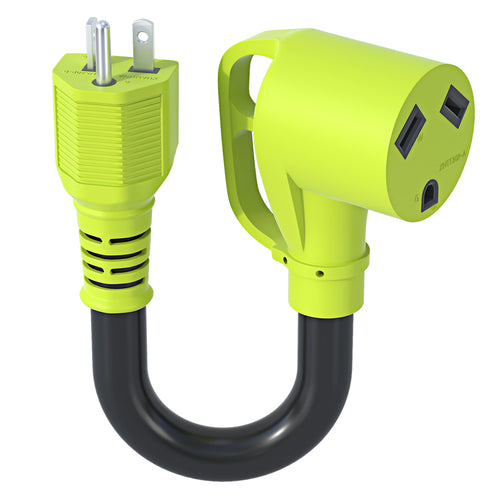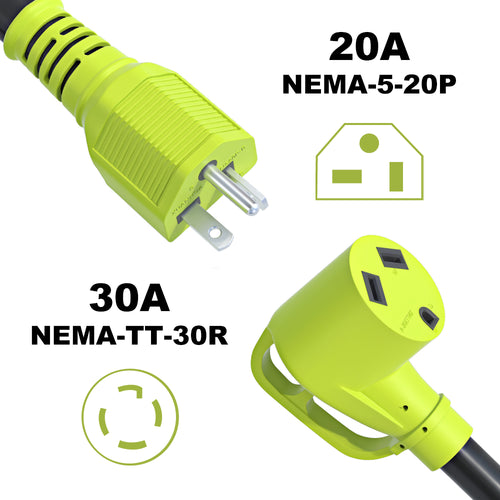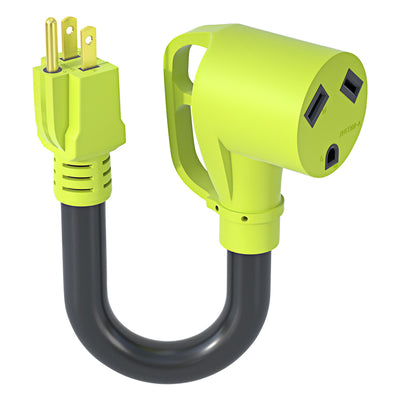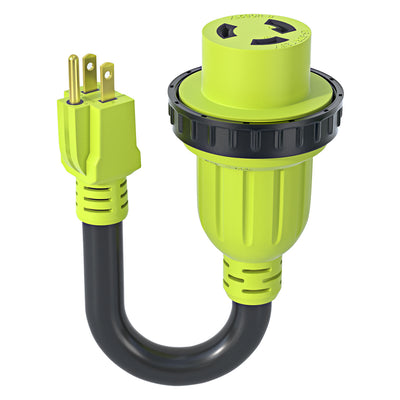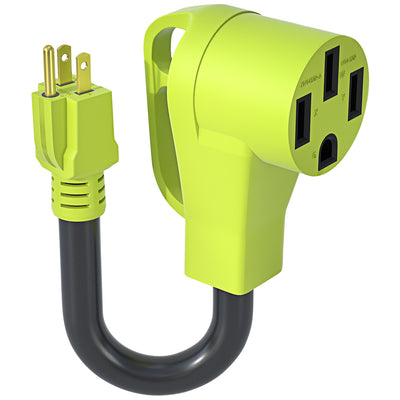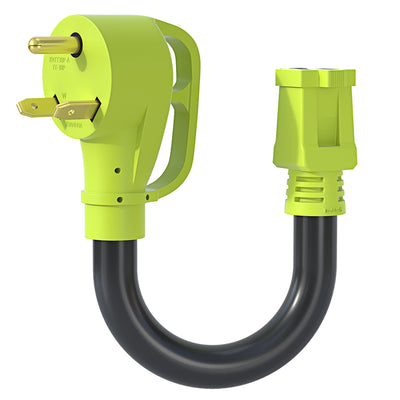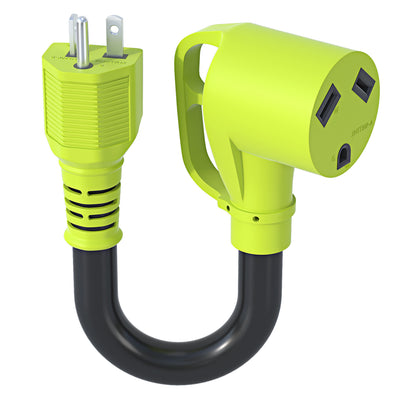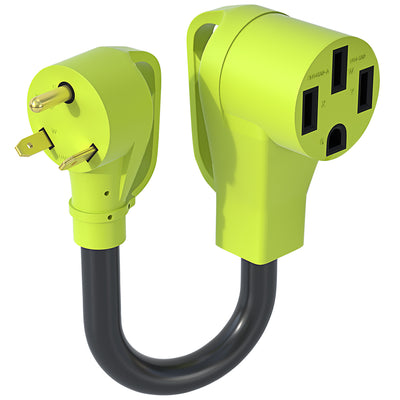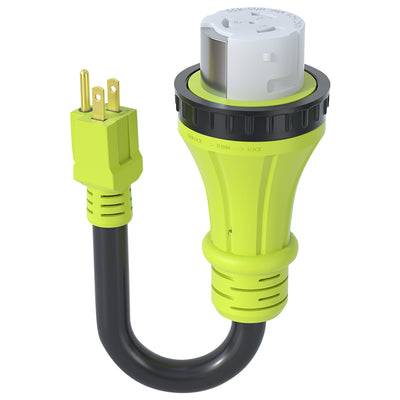Introduction of Plug and Receptacle
In daily work, if the car does not have gasoline, how should it start? How should rice be cooked without a rice cooker? How can a fish survive without water? Everything is closely related and has its own meaning. Just like me, how do I start a new business, scale up a small business, and thrive without my partner.
This is exactly the relationship between PLUG and RECEPTACLE.
A male plug is a bifurcated connection device that requires a partner, also known as a female receptacle. A female receptacle is a contact device that allows the connection of an accessory plug or receptacle.
When we read the code on a NEMA configuration or adapter, it contains a P or R after a set of numbers and letters. (eg L14-30P) NEMA code is the standard industrial electrical connection language used in the United States, some people are confused about the relationship between P and R or the two, but knowing what they mean, it is easy to solve the confusion.
Plugs have metal prongs or pins that allow them to fit into connectors or female receptacles called receptacles.
At the office today, you are thirsty and want to drink some hot water, so you decide to boil a pot of boiling water for yourself. You need to turn on the kettle and add tap water to heat the tap water for you. How do you power the device?
The real solution: You need to push the plug on the end of the kettle cord into its partner, technically called a wall outlet (female receptacle), otherwise you can't power the kettle.
I'll admit, the idea of kettle power is pretty basic. However, it does teach us the relationship and difference between plugs and sockets. The most frequently asked question by our clients is "What do P and R mean?" So I wanted to take the time to get a basic understanding of the topic.
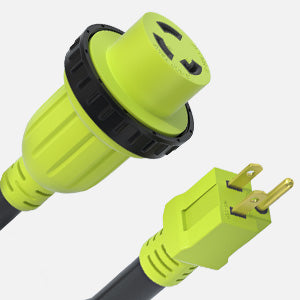
content of interest:Knowledge of RV Outdoor Electricity








